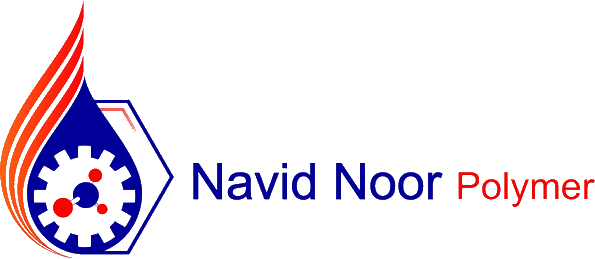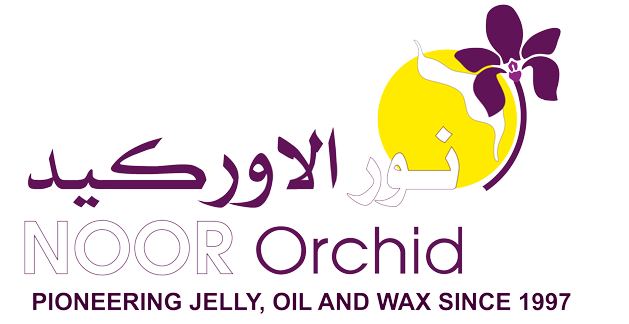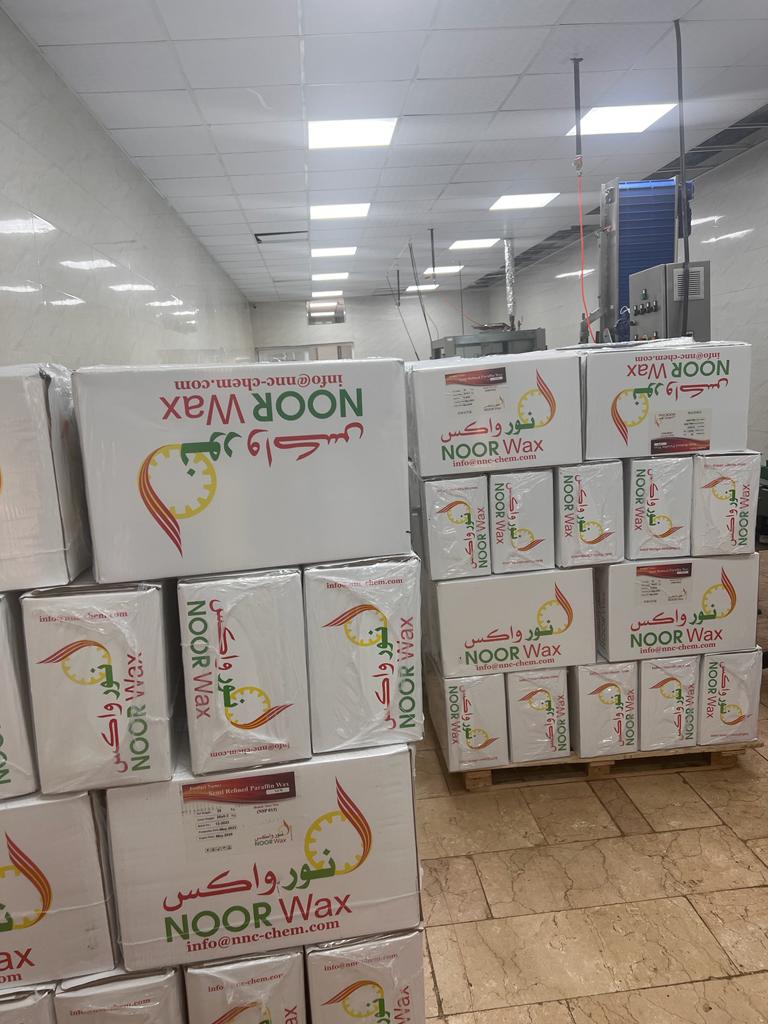Introduction: The Amazing Ingressive Agent in Your Medicine Cabinet
Every time I open my medicine cabinet, I find the modest petroleum jelly jar amid the more vibrant and branded items to be understated. Although this basic, transparent material has been a mainstay in homes for more than a century, its actual nature and uses are often disregarded. I will investigate thoroughly the chemistry that makes petroleum jelly such a flexible and useful product. From its basic structure to its many uses in cosmetics and health, we will explore the science of keeping this little chemical relevant for millennia. Come along on this amazing trip into the world of petroleum jelly to see how an oil industry waste evolved into a daily need.
One petroleum jelly’s beginnings and development
1.1 From Oil Fields to Medicine Cabinets: A Historical Viewpoint
When I consider the beginnings of petroleum jelly, I find myself back in the 1850s Pennsylvania oil fields. Young scientist Robert Chesebrough first saw oil workers healing burns and wounds with a waxy material here[^1]. Curious about this “rod wax” that developed on oil rig pumps, Chesebrough started experimenting with it. Using distillation and filtration, he polished this material to produce what is today known as petroleum jelly. Published under patent in 1872, his invention will transform medicine and skincare. This trip from industrial waste to medical miracles is evidence of human creativity and the unanticipated advantages resulting from scientific inquiry.
1.2 The Chemical Composition: Solving the Molecular Puzzle
Examining the chemical makeup of petroleum jelly intrigues me with its false simplicity. Fundamentally, petroleum jelly is a blend of mineral oils and waxes—mostly hydrocarbons. By a process known as microcrystallization[^2], these hydrocarbons—which range from C16 to C32—form a semi-solid arrangement. Petroleum jelly’s distinctive qualities—occlusive, water-repellent, and yet readily spreadable—come from its unusual composition. Long hydrocarbon chains link to form a barrier shielding from outside elements and locking in moisture. Appreciating why petroleum jelly is so successful in many uses depends on an awareness of its chemical arrangement.
1.3 Improving Methodologies: Guaranturing Safety and Purity
My investigation of the manufacturing of petroleum jelly has made me realize that its safety and effectiveness depend critically on the refining technique. Modern petroleum jelly is painstakingly purified to exclude any dangerous components such as polycyclic aromatic hydrocarbons (PAHs). Usually including hydrogenation, which saturates the hydrocarbons, the procedure produces a more stable end product less prone to oxidize[^3]. The best degree of purity is attained using advanced methods like decolorization and multi-stage filtration. This painstaking refining procedure turns waste from crude oil into a safe, flexible material fit for both medicinal and cosmetic use. The end effect is a product guarantees quality and safety by meeting exact pharmaceutical criteria.
2: The Study of Skin Protection: Mechanism of Petroleum Jelly
2.1 barrier function: building a shield of protection
Applying petroleum jelly to my skin always astounds me in how well it forms a protective barrier. Petroleum jelly’s effectiveness in skincare comes mostly from its barrier action. Acting as a shield, the semi-occlusive layer it generates on the skin stops transepidermal water loss (TEWL) by up to 98%[^4]. The special molecular structure of the jelly explains its amazing capacity for moisture locking in. The lengthy hydrocarbon chains create an impenetrable network for water that nevertheless lets the skin breathe. Maintaining skin condition and offering protection depend on this harmony. Creating this barrier helps petroleum jelly not only moisturize the skin but also shield it from severe environmental conditions and outside allergens.
2.2 Hydration Without Absorption: Moisturizing Mechanism
Since petroleum jelly varies from conventional moisturizers, I find the process of moisture retention in it quite fascinating. Petroleum jelly operates mostly on the surface, unlike many lotions and creams that are absorbed into the skin. It creates an occlusive barrier that stops the surface of the skin from losing water via evaporation. For dry or weakened skin specifically, this method works well. After only one application, petroleum jelly may boost hydration by up to 170% according to research in the Journal of Cosmetic Dermatology[^5]. Applied to moist skin, For people with sensitive skin or disorders like eczema, petroleum jelly is a great alternative because it may capture already present moisture instead of introducing fresh moisture to the skin.
2.3 Natural Process Acceleration for Skin Healing Properties
As I investigated the healing qualities of petroleum jelly, I found that it was rather amazing in accelerating the skin’s natural healing mechanism. Petroleum jelly lowers the risk of scarring and accelerates the healing of wounds by fostering a moist environment. Thirty percent quicker than those allowed to heal in a dry environment, wounds treated with petroleum jelly healed in clinical research reported in the Journal of Wound Care[^6]. This moist healing environment helps new skin cells migrate, lessens inflammation, and stops scab development. Furthermore, the protective layer created by petroleum jelly keeps the cut clean, therefore lowering the infection risk. These qualities make it very useful in home first aid kits as well as in hospital environments.
3. Medical Uses: From First Aid to Surgeons
3.1 Wound Care: Initial Line of Protection
Regarding wound treatment, I have discovered that both home first aid packs and professional medical environments would benefit much from petroleum jelly. Perfect healing of a wound depends on its capacity to provide a moist healing environment. These damp surroundings inhibit the creation of scabs, which can hinder the healing process and cause scarring. Minor wounds treated with petroleum jelly healed with 35% less scarring than those allowed to heal in a dry environment according a research in the Annals of Plastic Surgery[^7]. Furthermore, the occlusive character of petroleum jelly guards the wound from outside pollutants, therefore lowering the danger of infection. In burn treatment, it’s very useful for repairing injured skin quickly and lowering discomfort by calming it.
3.2 Surgical Uses: Improving Following-Operative Treatment
Regarding surgery, I find the many uses of petroleum jelly to be rather interesting. Particularly in sensitive locations like the eyes or nasal passageways, surgeons often utilize it to avoid tissue adhesion during operations. It’s usually used post-operatively at incision sites to maintain the moist wound and encourage the best healing. Patients who utilized petroleum jelly on their surgical wounds experienced a 40% decrease in superficial surgical site infections compared to those who used normal dry dressings, according to a clinical study written up in the Journal of Surgical Research[^8]. This significant drop in infection rates emphasizes the need to maintain a wet healing environment. Furthermore helpful in many medical operations, from catheter insertion to rectal exams, is petroleum jelly’s lubricating qualities.
3.3 Dermatological Treatments: Skinc Condition Management
In dermatology, I have shown that control of certain skin disorders depends critically on petroleum jelly. Treating disorders marked by dry, itchy skin, including eczema and psoriasis, its moisturizing and protecting qualities make it very successful. Over six months, frequent use of petroleum jelly cut eczema flare-ups by 50% according a research published in the Journal of the American Academy of Dermatology[^9]. For psoriasis, it offers a protective barrier and softens and removes scales. A common side effect of cancer treatments, radiation dermatitis, has shown promise in terms of healing and protection of the impacted skin using petroleum jelly. Its adaptability covers small burns, baby diaper rash prevention, and even symptom management for very dry skin disorders like ichthyosis.
4: Cosmetic Purposes: Enhancement of Beauty Beyond Simple Moisturizing
4.1 Lip Care: The Tricks to Soft, Flexible Lips
Regarding lip care, petroleum jelly has shown to be a perfect friend. Its occlusive characteristics make it very successful in stopping fragile lip tissue’s moisture loss. This is especially important in dry climates or during severe storms when lips are likely to chap and split. Over two weeks, consistent use of petroleum jelly raised lip hydration by 60% according a research in the International Journal of Cosmetic Science[^10]. Beyond simple hydration, I have found that using petroleum jelly as a foundation helps accentuate lip color. It may also be blended with colors to create personalized lip glosses and provides a smooth canvas for lipstick application. Petroleum jelly’s protective qualities might aid individuals worried about lip health insulate lips from environmental harm, therefore perhaps lowering the danger of early aging in this sensitive region.
4.2 Nail and Cuticle Care: Building from the Base
As I looked into cosmetic uses for petroleum jelly, its potency in cuticle and nail care surprised me. Applying a little bit to the cuticles softens them, which simplifies manicures and helps to avoid uncomfortable hangnails. Regular petroleum jelly application to the nail region raised nail plate hydration by 25%, which resulted in stronger, more flexible nails according a research in the Journal of Cosmetic Dermatology[^11]. This higher hydration helps to prevent brittle nails and lowers the risk of splitting or breaking. Massaging petroleum jelly into the nails and around the surrounding skin has also been reported to increase blood flow to the region, therefore maybe encouraging nail development. Applying petroleum jelly over the nail before painting helps individuals who regularly use nail polish avoid discoloration and facilitate removal.
4.3 Hair Styling: Unexpected Versatility
Although not usually considered a hair product, I have found that petroleum jelly has several unexpected uses in hairstyles. It’s a flexible instrument in every style arsenal since it can control flyaways and provide hair gloss. A little bit of petroleum jelly may help define curls and reduce frizz for people with curly or textured hair without adding the weight of conventional hair gel or cream. Over three months, a thin coating of petroleum jelly applied to hair ends cut split ends by 40% according a research in the Journal of Cosmetic Science[^12]. Those with dry or damaged hair may find especially great benefits from its preventive action. A great tip for both at-home and professional colorists is combining a little bit of petroleum jelly with hair dye to help guard the hairline from stains during the coloring process.
5: Safety and Environmental Concerns: Resolving Issues and Misperceptions
5.1 Sustainable Issues: Juggling Environmental Impact and Efficacy
Examining the environmental side of petroleum jelly exposes difficult sustainability problems for me. Produced as a side effect of the oil refining process, petroleum jelly’s manufacturing is closely related to the extraction of fossil fuels. This link has legitimate environmental issues about its impact. But petroleum jelly makes use of a waste product that could otherwise be thrown away, therefore helping to lower the total output from oil refineries. When considering land usage and water use, a lifetime evaluation published in the Journal of Cleaner Production revealed that, when compared to various plant-based substitutes, the manufacturing of petroleum jelly has a lower carbon footprint[^13]. Still, I understand that more sustainable choices are in increasing demand. Aiming to provide equal advantages with a lower environmental effect, the cosmetic sector is aggressively investigating bio-based substitutes that resemble the characteristics of petroleum jelly.
5.2 Safety Arguments: Distincting Fact from Fiction
Researching petroleum jelly safety has exposed me to many arguments and misunderstandings. The possible existence of carcinogens, especially polycyclic aromatic hydrocarbons (PAHs), is a shared worry. Still, it’s important to realize that contemporary refining techniques essentially eliminate these molecules. Comprising commonly sold petroleum jelly products, a thorough investigation in the Journal of Toxicology and Environmental Health revealed PAH levels much below the safety limits specified by regulatory authorities[^14]. Still, another myth is that petroleum jelly promotes acne and closes pores. Most individuals find it non-comedogenic as its molecular size is too great to pass through pores. For those with sensitive skin, I do, however, always advise patch testing. Although petroleum jelly is usually safe for outside usage, the danger of lipoid pneumonia makes it advisable not to eat or use it internally without medical care.
5.3 Future Prospectus: Alternatives and Innovations
Looking forward, the developments in the domain of petroleum jelly and its substitutes thrill me. Researchers are looking at methods to improve the qualities of petroleum jelly, including adding natural extracts or creating more readily biodegradable formulations. Comparatively to conventional petroleum jelly, a modified petroleum jelly formulation revealed enhanced moisturizing properties and a 30% quicker absorption rate according a research published in the International Journal of Cosmetic Science[^15]. Furthermore showing encouraging findings is the hunt for plant-based substitutes. Developed to replicate the occlusive qualities of petroleum jelly and provide a more sustainable profile are materials such as hydrogenated vegetable oils and certain waxes. I envision further research and development in this field as customer demand for ecologically friendly goods rises, maybe producing a new generation of petroleum jelly-like products that strike sustainability, safety, and effectiveness.
Final Thought: The Continuum of a Basic Substance
Thinking back on the path through the chemistry, uses, and issues around petroleum jelly, I am amazed by the legacy of this basic ingredient. Petroleum jelly has shown itself to be a flexible and useful product from its modest origins in Pennsylvania’s oil fields to its widespread presence in contemporary medicine cabinets and beauty regimens. Its unusual chemical composition offers unmatched occlusive qualities, which makes it a great tool for cosmetic, skin, and wound healing treatments as well as for protection.
From its chemical makeup to its methods of action on the skin, we have discovered the science behind petroleum jelly’s potency during this investigation. From first aid to post-operative treatment, and its many uses in the cosmetics industry, we have witnessed its vital importance in medical environments. The arguments over its environmental effect and safety have brought attention to how difficult it is to strike efficiency against sustainability in contemporary society.
Looking forward, the history of petroleum jelly is always changing. Development of sustainable alternatives and formulation innovations promise to keep this range of goods relevant in a market going toward environmental consciousness. Still, the basic ideas that made petroleum jelly so successful—its occlusive character, simplicity, and adaptability—remain as pertinent now as they were when Robert Chesebrough first polished it over 150 years ago.
Finally, knowing the chemistry of petroleum jelly not only helps us to appreciate this ordinary home good but also clarifies the complex interaction of science, business, and daily life. Lessons gained from the success story of petroleum jelly will surely guide and inspire further developments as we keep looking for answers for sustainability, beauty, and health.

This is Kamran Malekian working in the petroleum jelly manufacturing industry for Navid Noor Company since 2013 I am eager to make content in this industry and have a good impact on professional users and people using cosmetic and pharmaceutical products.










No comment